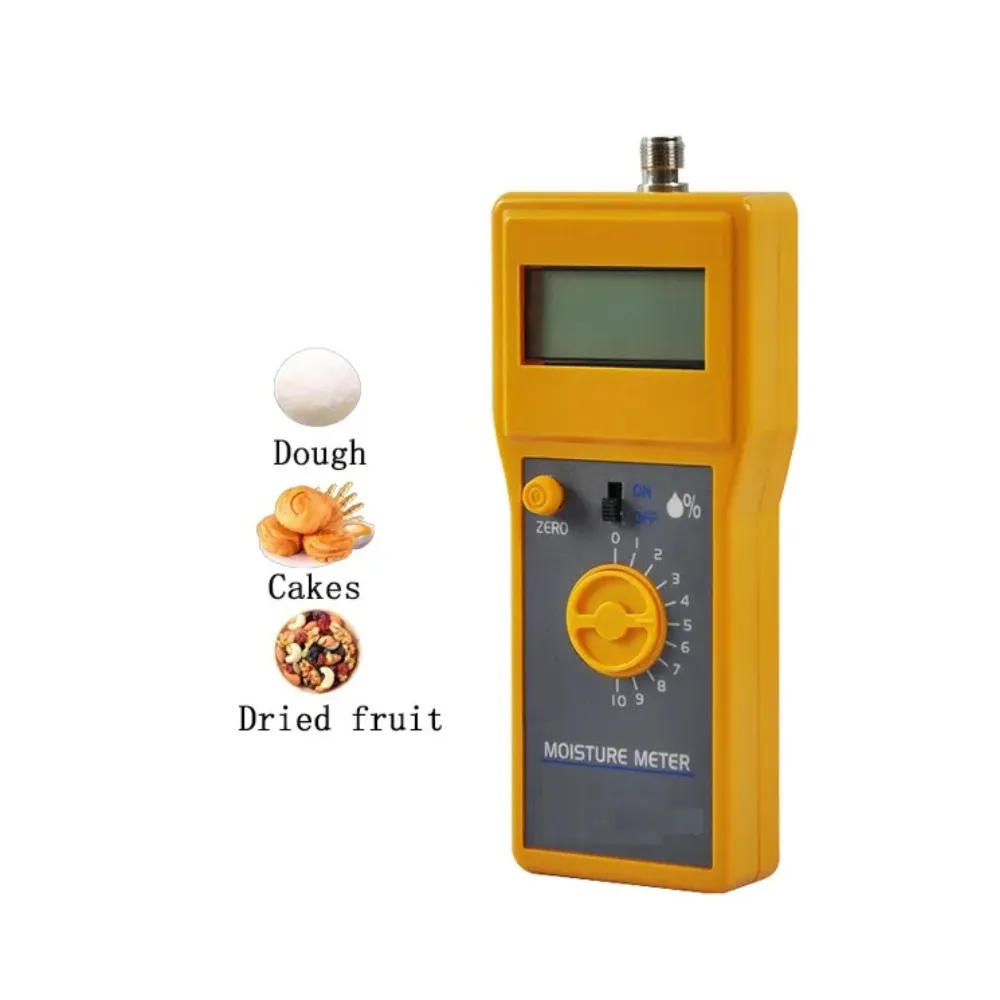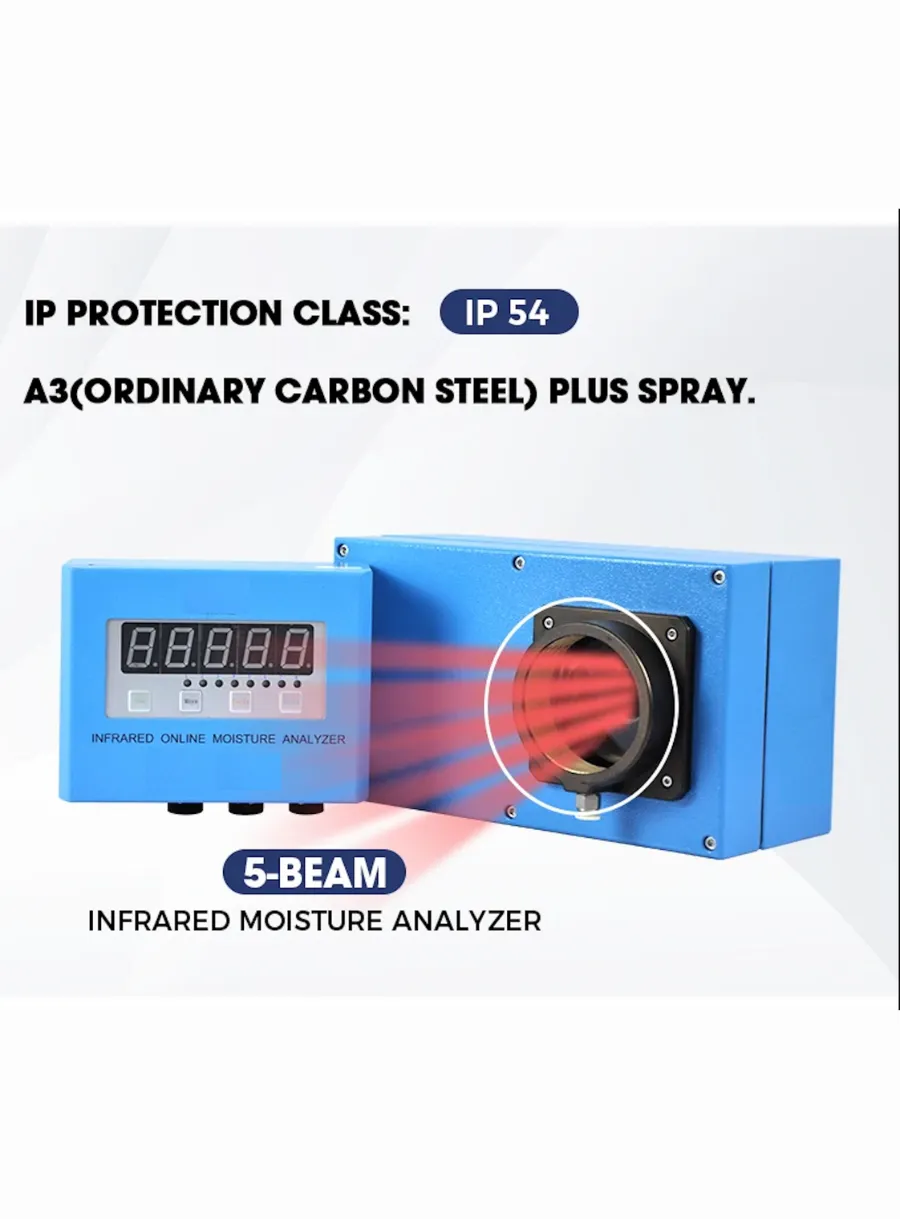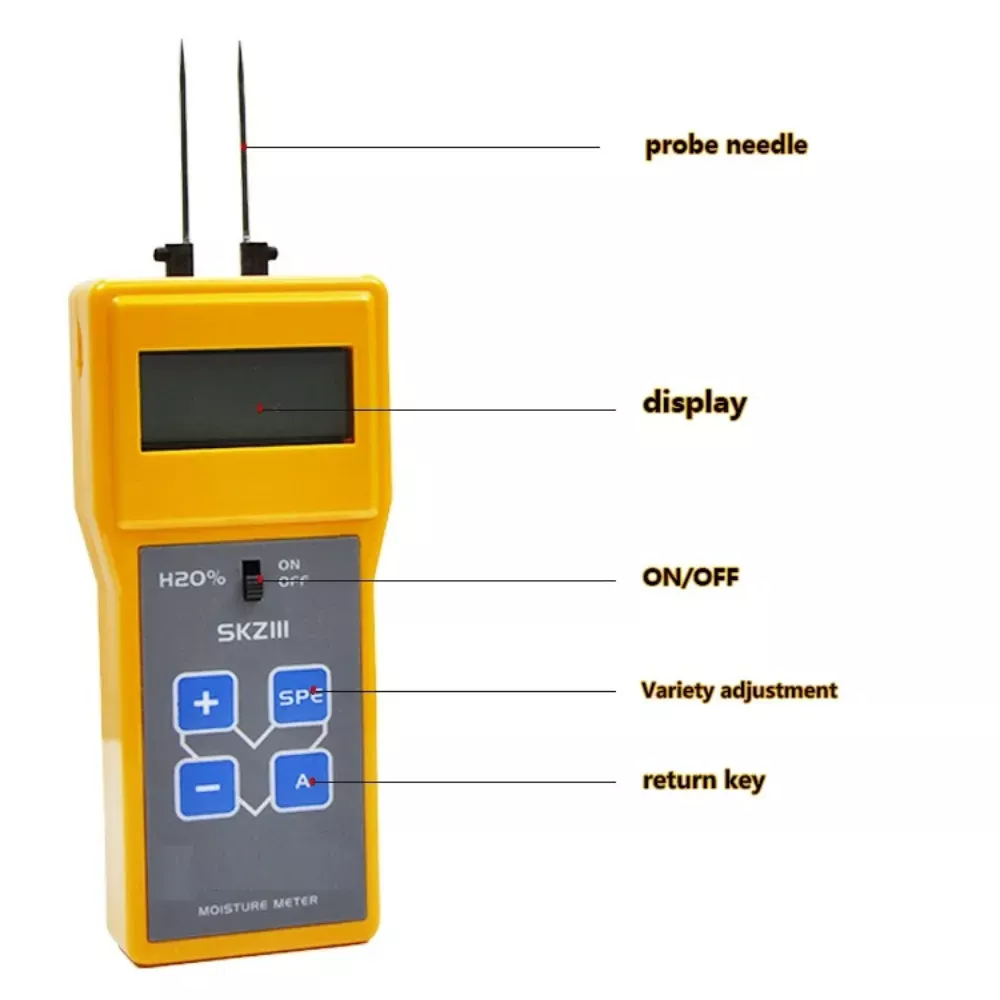
Best Practices for Using Moisture Meters in Dehydrated Food
Table of Contents
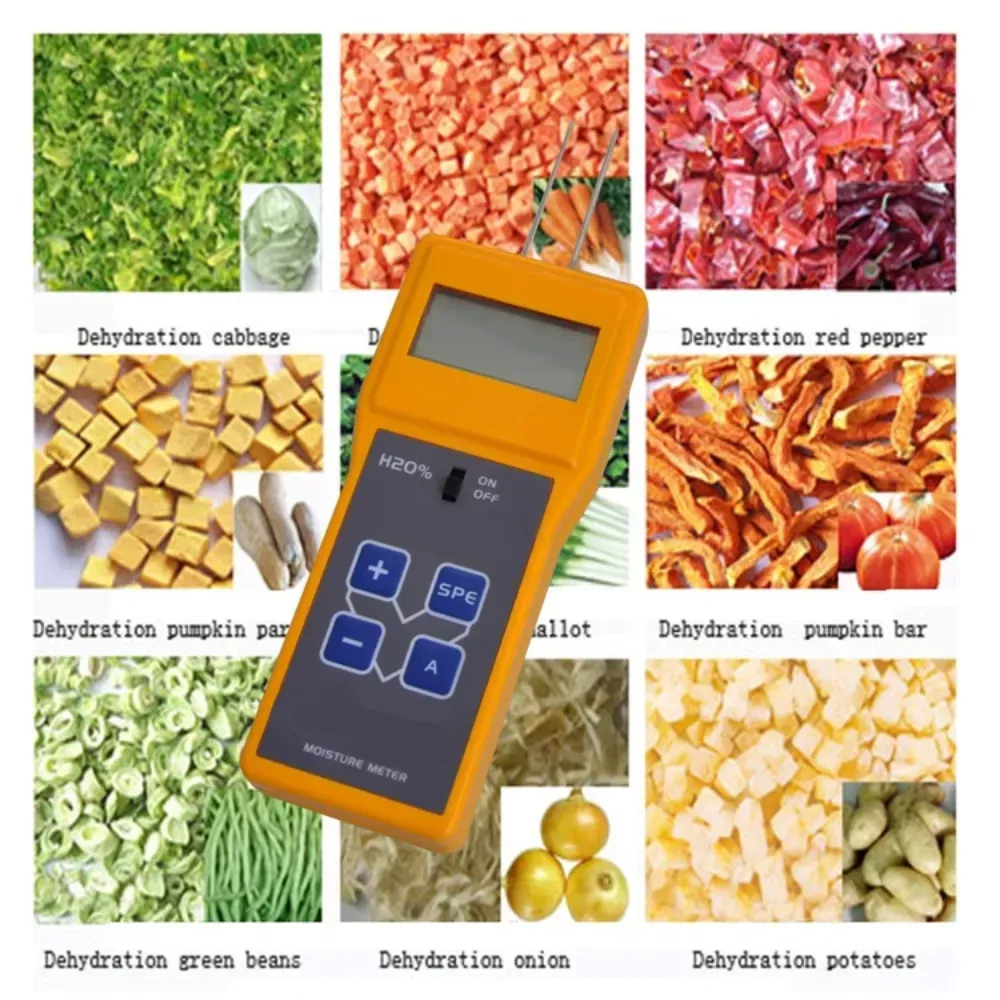
Choosing the appropriate moisture meter is essential for obtaining accurate results when testing dehydrated food. Factors to consider include the material type, measurement range, and additional features. For instance, moisture meters calibrated for specific food types ensure reliable readings, while a measurement range that fits the moisture levels typically found in dehydrated foods is crucial for effective monitoring. Additional features, such as LCD displays and measurement hold functions, can enhance usability and improve the accuracy of readings.
It is vital to understand the specific material being tested. Different moisture meters are designed for various food types, and using a meter that is not suitable for a particular material can lead to inaccurate results. For instance, when measuring moisture content in various dehydrated food items, the meter must be calibrated accordingly to accommodate the unique properties of each food type.
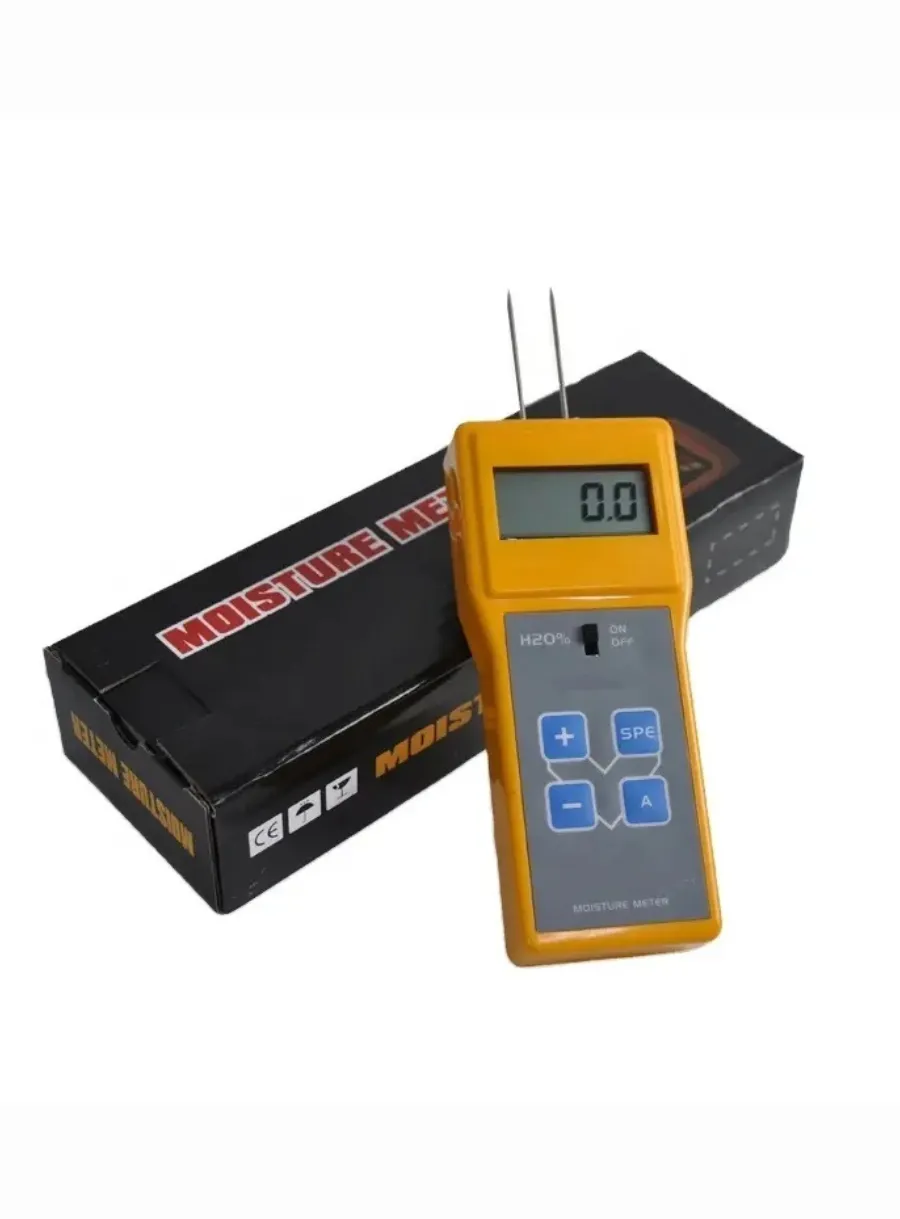
Adhering to the manufacturer’s guidelines is crucial for accurate readings. Each moisture meter comes with specific instructions that should be followed to ensure optimal performance. These guidelines often include details on how to prepare the food sample, the proper usage of the meter, and maintenance tips to prolong the lifespan of the equipment.
For a comprehensive understanding of moisture content, combining moisture meters with other methods, such as relative humidity meters, is recommended. This approach allows for a more complete analysis of the environmental conditions affecting the dehydrated food, providing insights into how moisture content may fluctuate over time.
To excel in using moisture meters for dehydrated food, users should participate in training sessions and stay updated with industry standards. Continuous improvement of technical skills is essential to ensure that users can effectively operate and interpret results from moisture meters, thus maintaining the reliability of their readings.
Comments
Tags
Frequently Asked Question
Key factors include the material type being tested, measurement range suitable for dehydrated foods, and additional features like LCD displays and measurement hold functions.
Different moisture meters are designed for various food types, and using an unsuitable meter can lead to inaccurate results. Understanding the material ensures proper calibration and accurate readings.
Manufacturer’s guidelines are crucial for accurate readings. They provide specific instructions on sample preparation, proper usage, and maintenance, ensuring optimal performance of the meter.
Continuous learning helps users stay updated with industry standards, improve technical skills, and ensure effective operation and interpretation of moisture meter results, maintaining reading reliability.

